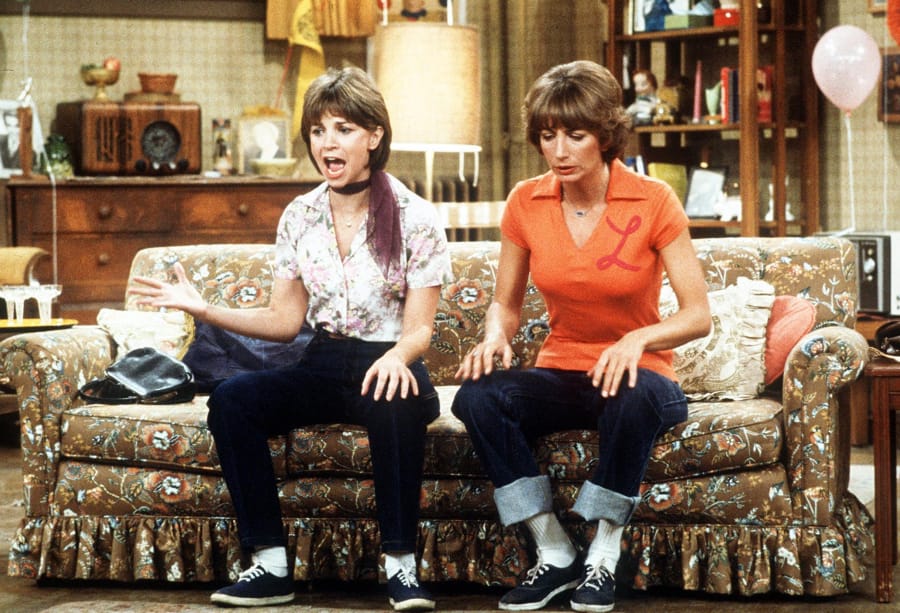In terms of historical importance, Penny Marshall’s career as a film director — her “Big” was the first picture by a woman to gross more than $100 million at the U.S. box office — overshadows her work as an actress, mostly in television. Yet millions unaware that she ever directed a movie will remember her fondly as Laverne DeFazio, friend, roommate and co-worker to Cindy Williams’ Shirley Feeney in the sitcom “Laverne & Shirley,” which ran on ABC from 1976 to 1983. Many will remember her as well as Oscar Madison’s secretary Myrna on “The Odd Couple,” and some for a few appearances on “The Mary Tyler Moore Show,” or as a regular in the short-lived “Paul Sand in Friends and Lovers.” Before and after “Laverne,” with greater and lesser regularity, until her final appearance, in 2016, on an episode of the rebooted “Odd Couple,” Marshall remained a TV presence.
Although her mother ran a dance school where Marshall herself taught tap, and her father directed industrial films, and her brother Garry Marshall wrote for the sitcoms of Lucille Ball, Danny Thomas and Dick Van Dyke before developing “The Odd Couple” and creating “Happy Days” — and though she was named Carole Penny Marshall for Carole Lombard — by her own account, she walked in sideways to acting.
She had majored in math and psychology at the University of New Mexico, got pregnant there, got married, got divorced and worked as a secretary, the career she envisioned for herself in her high school yearbook. Notwithstanding some performing with the Albuquerque Civic Light Opera, “I didn’t plan on being in the business,” she said in a 2013 video interview for the Archive of American Television.
She left Albuquerque to join her brother in Los Angeles. Garry, who thought she was “sort of funny,” encouraged her to take some acting classes — she studied with Harvey Lembeck and Jeff Corey, which is to say, the cream of the crop. After a one-word part in an episode of “That Girl” earned her more money than a week of work as a temp typist, she switched careers. “The Odd Couple” was her first regular gig.



